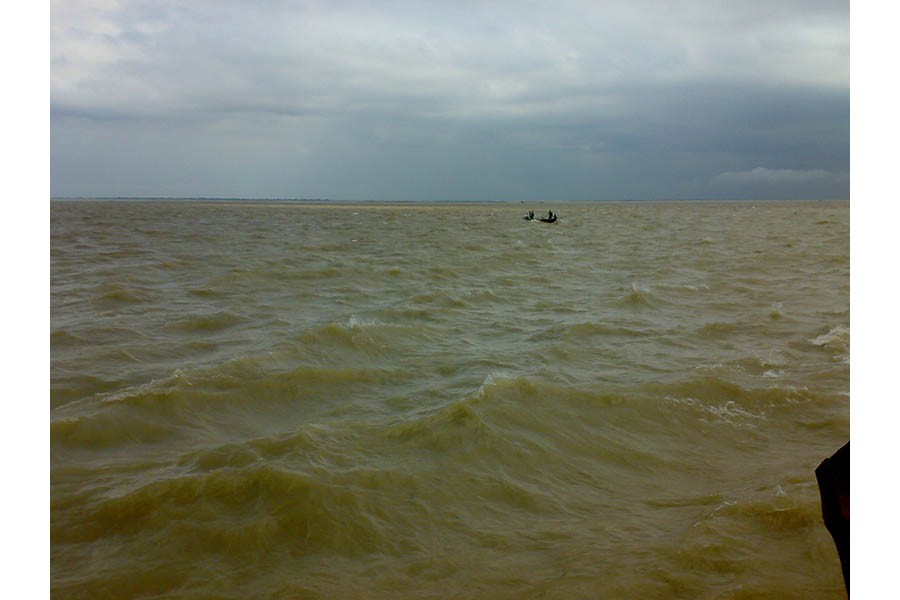With navigability of the Padma at Shimulia point severely restricted, limited ferry operation between Shmulia and Kathalabari has left the route far below capacity. This means the Dhaka-Mawa route has been limping since August 11 when no more than only eight ferries out of a total of 20 could be kept in operation. Also disconcerting is the fact that these eight ferries are smaller and shallower and the large ones with deeper draft now cannot move on the route. Anybody can imagine the adverse impact it leaves on the movement of passengers and goods, particularly during the time when the rush is the heaviest on the occasion of Eid-ul-Azha. Then it is most likely to take a heavy toll on the cattle market at this time because a large number of trucks carrying sacrificial animals from the country's south and south-western regions cross the Padma at this point. Disruption of ferries compelled rerouting animal-laden tracks to other ferry points at Daulatdia and Shariatpur. But the rerouting to Daulatdia-Paturia across the Padma and Shariatpur-Chandpur across the Meghna is more time consuming and costlier as well.
How much the cattle trading in the capital and elsewhere will be affected by the restricted navigability of the Padma and the consequent ferry disruption is yet to be assessed. But there is no doubt that in some areas where temporary cattle markets arranged before Eid and traditionally host cattle from this route, the impact will be felt greatly. Also, the cattle traders who unwittingly queued for catching the ferries at Shimulia point may have to count extra costs and even losses on account of the delay. A truck from Kushtia takes no less than 24 hours to reach the capital now. A long journey made still longer with cattle huddling in the trucks often give rise to emergencies the labourers accompanying the animals are least prepared for.
This is the peak monsoon time when the Padma should have been in full spate. Instead, the river presents a picture it acquires in the lean season. Much of what Bangladesh is today depends on vibrant flows of the Padma. So the challenge is to take all possible measures for ensuring the survival of the river. The global warming has already led to capricious behaviour of the weather pattern all across the globe. Most of Europe is smarting under record sweltering temperature. The mighty Padma has been reducing in size and flows over the decades since the construction of the Farakka Dam. If there are other man-made causes for its weakening, those should as well be identified. Dredging may augment navigability to some extent but the current pattern of dredging that deposits the sands only a few hundred metres away seems faulty enough. The sand gets washed away in to the river again. Scientifically and technologically more advanced system of dredging is well in order.


